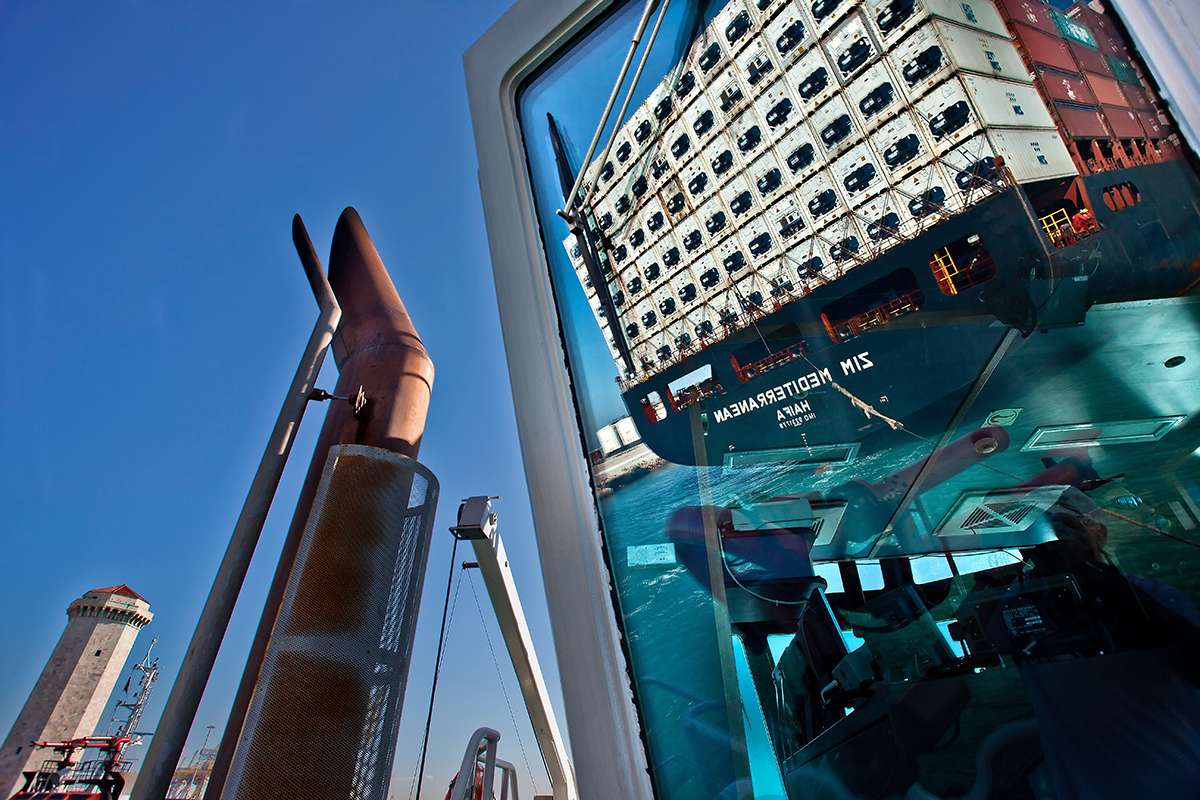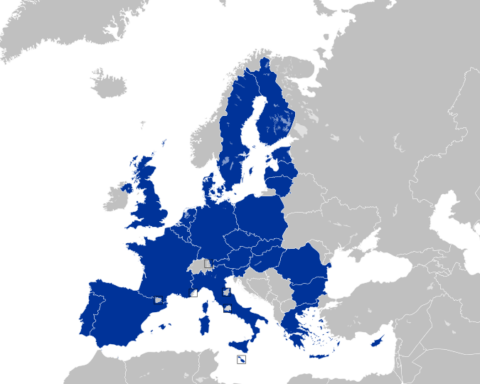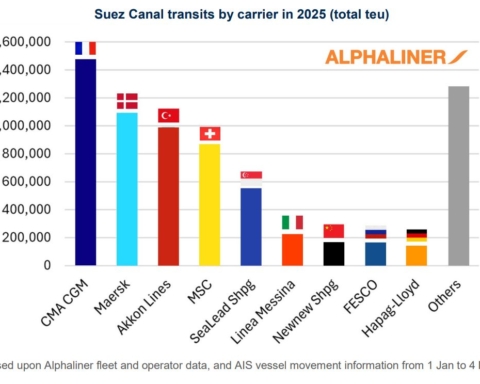Today’s world is no longer the one in which Italy was moving until a few years ago. The period that guaranteed the national economy the double-digit growth in its exports during the years of the economic miracle is now a thing of the past.
The emergence on the world scene of new players, such as the BRICS and in particular China, and the slowdown in growth in the euro area (caused, among other things, by the inability of Community institutions to manage the ‘big recession’ of 2008 – 2014) have contributed to redefining the Eurocentric boundaries of our market model.
In a global context of ever-deeper economic integration, Italian exports to non-EU countries have grown to match the value of intra-EU exports, also because of the renewed vitality of our ports, which have become the primary choice to penetrate, by sea, markets that were previously reached only through the Alps.
In short, the world in front of us is bigger, even if it appears to be shrunk by enormous technological progress, and over the next few decades it will become increasingly ‘Asian’, with a good chance of becoming, after 2050, even more ‘African’ and, for this reason, affected by a new Mediterranean centrality.
However, we also live in a polarized framework, with two superpowers – China and the USA – competing for world supremacy and defining self-referential strategies (economic, military and technological) over which Europe – and even more so Italy – have less and less influence. Strategies that have been declared and pursued for some time, the Chinese ones and, on the contrary, as the result of a radical reorientation, the American ones of the Trump era.
The ‘soft power’ exercised by China along the Silk Routes is only one of Beijing’s strategic policies: through over 120 bilateral agreements with regions considered crucial for global stability (such as India, Russia, Euro-Asian Republics, Iran, the Arab Gulf, Africa, the European Union), President Xi Jinping has been able to weave the fabric of a new international order, contradicting, in practice, that ‘multilateralism‘ (fair, safe and equal) that it formally continues to support before the WTO and in any other international forum.
The bilateralism, which China’s strategy in fact is, is in contrast with the declared US bilateralism. Trump’s ‘America first’ is also achieved, if not above all, by weakening every regional aggregation (NAFTA, TPP, EU, CETA, etc.) and by signing new bilateral leonine pacts.
Support for a prosperous European Union sheltered under the NATO umbrella is no longer an American priority.
The EU has been caught unprepared on both fronts.
On the transatlantic front, the planned ‘uncoordination‘ of trade relations interferes with the even more delicate matches played in the technological field (5G, Artificial Intelligence, etc.) and in the military field (nuclear missiles aimed at Russia).
The Chinese situation is no better . Perched on defensive positions because of its ‘local’ quarrels (Brexit and the masochistic sovereign impatience that, by delegitimizing the European Union, fuels the vicious circuit of its lower capacity for global influence), Brussels has only belatedly and uncoordinatedly launched an EU-China Connectivity Platform which should ensure that the development strategy implicit in the completion of the trans-European transport networks, planned for 2030-2050, is interlinked with the infrastructure initiatives of the Belt and Road Initiative, currently well established in Piraeus and throughout the Balkans under the label of the 16+1 initiative between China and the 16 countries of Central and Eastern Europe.
Unfortunately, on this issue too, the EU is showing all its sovereign contradictions, failing to understand that in order to respond adequately to the BIS, the real integration of the Mediterranean port terminals identified along the core corridors of the TEN-T network should be encouraged. The terminals best positioned for this purpose are unquestionably those which could result, on the one hand, from a link up between North Tyrrhenian ports (from Livorno to Savona), and on the other hand, from an agreement among North Adriatic ports, from Ravenna to Rijeka.
The pursuit of such an objective would force Italy to become more aware of its strategic role. Only if we are able to promote the progressive integration of European logistics nodes can we respond adequately to the growing dynamism and competitiveness of the markets. However, in order to achieve this, we need institutions that are up to the task of comparing them with those in China and the United States.
Translation by Giles Foster




